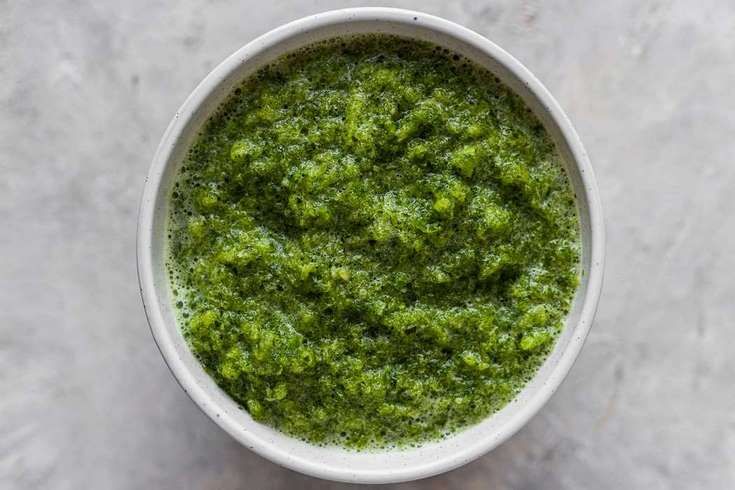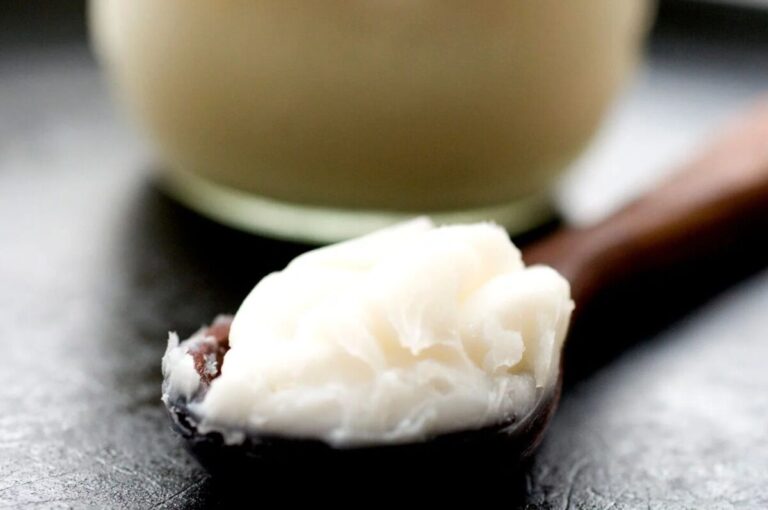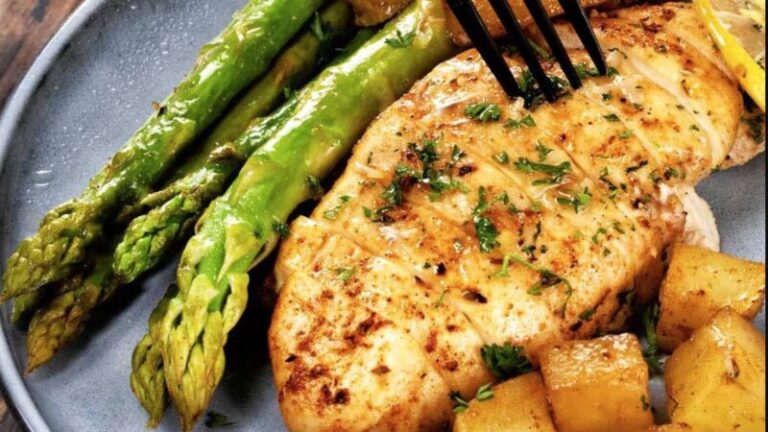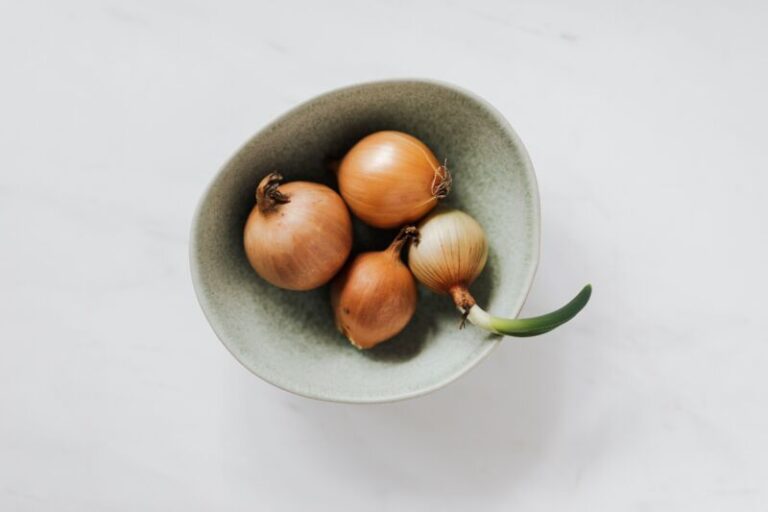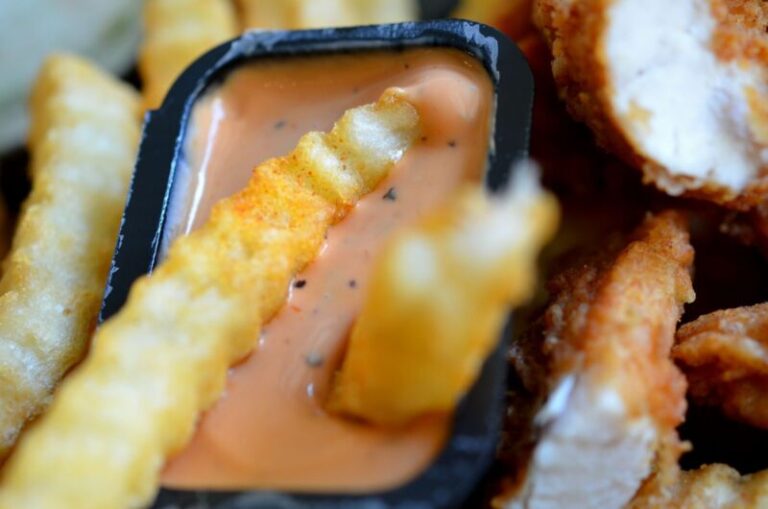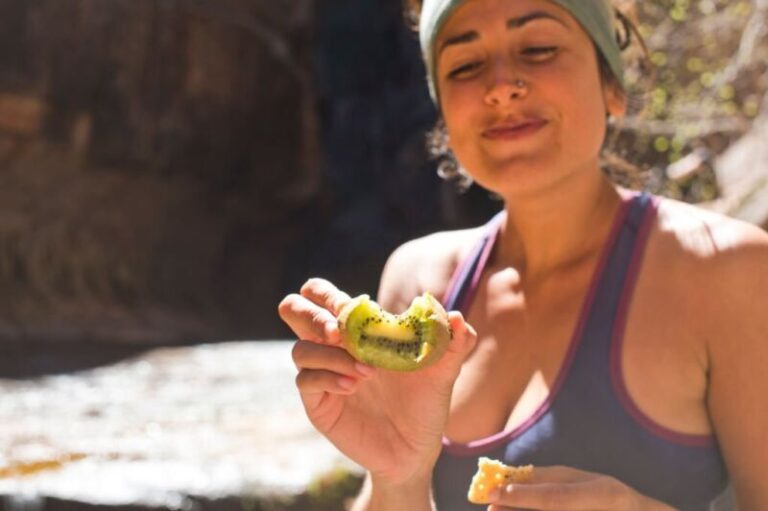What is Recao Verde? A Quick Guide to This Tasty Green Sauce
Green sauces are essential components of cuisine across Latin America and the Caribbean. While chimichurri from Argentina and sofrito from Puerto Rico might be more well-known, there is another flavorful green sauce that deserves more attention – recao verde from Panama.
In this article, we will dive into everything you need to know about recao verde. You’ll learn what makes it special, how to make it yourself, and the best ways to use this easy, healthy, and incredibly tasty sauce.
An Overview of Recao Verde
Recao verde is the fundamental flavor base for much of traditional Panamanian cuisine. This fresh green sauce gets its vibrant color from lots of parsley, cilantro, culantro, and other herbs.
Garlic, bell peppers, onions, and sometimes tomatoes or chives are also common ingredients. Once combined, these fresh components create a flavorful sauce that pairs perfectly with everything from grilled meats to scrambled eggs.
While recao verde shares some ingredients with chimichurri and Puerto Rican sofrito, it has a flavor profile all its own. The prominence of culantro sets it apart, and it tends to be more focused on herbs than vegetables.
Keep reading to learn exactly how to make authentic recao verde and how to incorporate it into your cooking!
What Makes Recao Verde Unique?
Unlike chimichurri and sofrito, recao verde is not cooked during preparation. This preserves the fresh, vibrant flavor of the herbs.
The choice and balance of ingredients also differs from other green sauces:
- Culantro is the star of the show, providing an intense herbal flavor.
- Cilantro is optional, while parsley and thyme play supporting roles.
- Onions, garlic, and bell peppers provide aromatics.
- Tomatoes can be added but are not essential.
Culantro deserves special focus, as it gives recao verde its characteristic flavor. Keep reading to learn all about this important but confusing herb!
Culantro vs. Cilantro: What’s the Difference?
Culantro is essential to recao verde, while cilantro is optional. So what exactly is culantro, and how does it differ from cilantro?
Culantro (Eryngium foetidum) is a tropical herb in the same family as cilantro. It has long, serrated leaves and a more potent flavor:
- Culantro has a stronger, more citrusy aroma.
- It is more bitter than cilantro, with less sweetness.
- The flavor is more intense and pungent.
Culantro is popular in the cuisines of the Caribbean, Central America, and Southeast Asia. It’s sometimes called “long coriander” or mistaken for cilantro.
Beyond flavor, culantro stands up to heat better than cilantro. Its thicker leaves and sturdy stems make it perfect for long cooking in soups, stews, and braises.
Now that you know the key differences between culantro and cilantro, let’s look at how to make authentic recao verde.
How to Make Recao Verde
Making recao verde is simple with just a few key ingredients:
Ingredients:
- 1-2 bunches culantro
- 1/2 bunch cilantro (optional)
- 1/2 bunch parsley
- 3-5 sprigs thyme
- 3-5 leaves basil
- 1 onion
- 2 cloves garlic
- 1 small bell pepper (optional)
- 2 tomatoes (optional)
For serving:
- Extra virgin olive oil
- Salt and pepper
The key is to use fresh herbs and vegetables. The sauce won’t have the same flavor with dried or frozen ingredients.
Instructions:
- Rinse all herbs and vegetables. Pat dry with paper towels.
- Finely chop the culantro, cilantro, parsley, thyme, basil, garlic, and onions.
- Dice the bell pepper and tomatoes if using.
- Combine all ingredients in a bowl and mix well.
- Season to taste with olive oil, salt, and pepper.
And that’s it! You can now use your fresh recao verde sauce to elevate any dish.
To Cook or Not to Cook? Raw vs. Cooked Recao Verde
One of the great aspects of recao verde is its versatility – it can be served raw or cooked.
Raw Recao Verde:
- Preserves the bright, fresh flavor of the herbs.
- Can be used as a finishing sauce or topping like chimichurri.
- Pairs well with grilled meats, fish, eggs, sandwiches, and salad.
Cooked Recao Verde:
- Develops deeper, more complex flavors through sautéing.
- Can be used as a base for cooking beans, eggs, or vegetables.
- Works as a vibrant topping for rice or tacos.
For a shortcut, use a blender to purée raw or cooked recao verde into a smooth, spreadable sauce.
Incorporating Recao Verde into Your Cooking
This versatile green sauce can enhance the flavor of:
- Chicken, beef, pork, or fish: Use as a marinade, sauce, or topping.
- Beans or rice: Sauté recao verde in oil, then add beans and rice.
- Eggs: Top scrambled eggs or omelets with raw or cooked recao verde.
- Sandwiches and wraps: Spread on meats, cheeses, and veggies.
- Salads: Toss raw recao verde in or use as a finishing drizzle.
- Soups and stews: Add during cooking for flavor.
- Vegetables: Sauté veggies in cooked recao verde sauce.
Don’t be afraid to get creative with this flavorful sauce! It works well in Panamanian, Caribbean, European, and American cuisine.
Storing and Freezing Recao Verde
To keep recao verde fresh for longer:
- Store raw sauce in an airtight container in the fridge for 3-5 days.
- The cooked sauce will keep for 2-3 days in the fridge.
- For longer storage, freeze in ice cube trays, then transfer to freezer bags.
- Frozen cubes or portions can be cooked into oil or broth for an easy flavor boost.
Making tasty recao verde is easy with just a few affordable ingredients. Keep your sauce on hand to elevate everyday dishes with the vibrant flavor of Panama.
Let us know if you try recao verde! We’d love to know your favorite ways to use this versatile green sauce.
